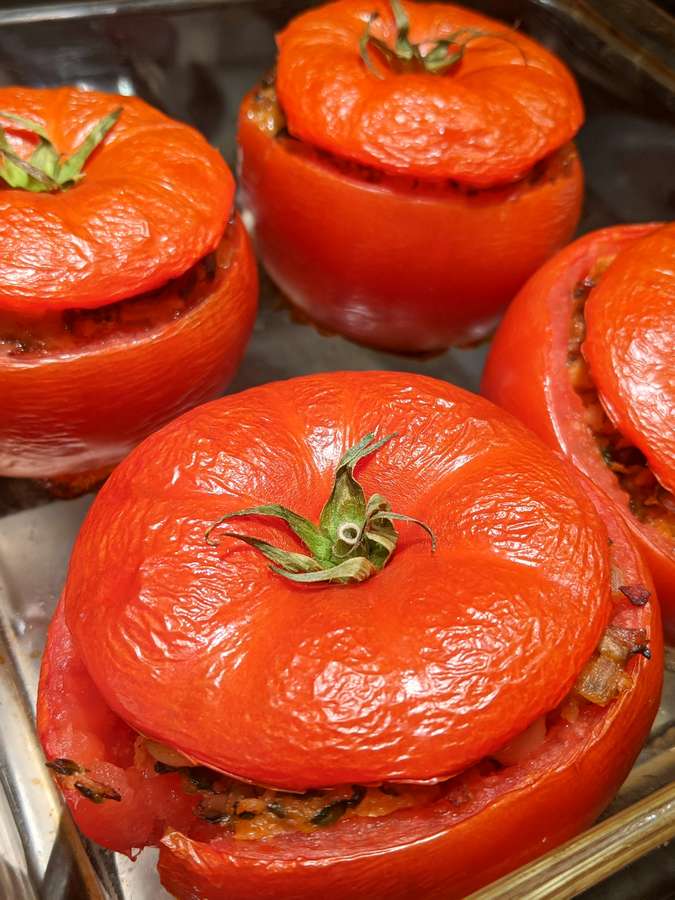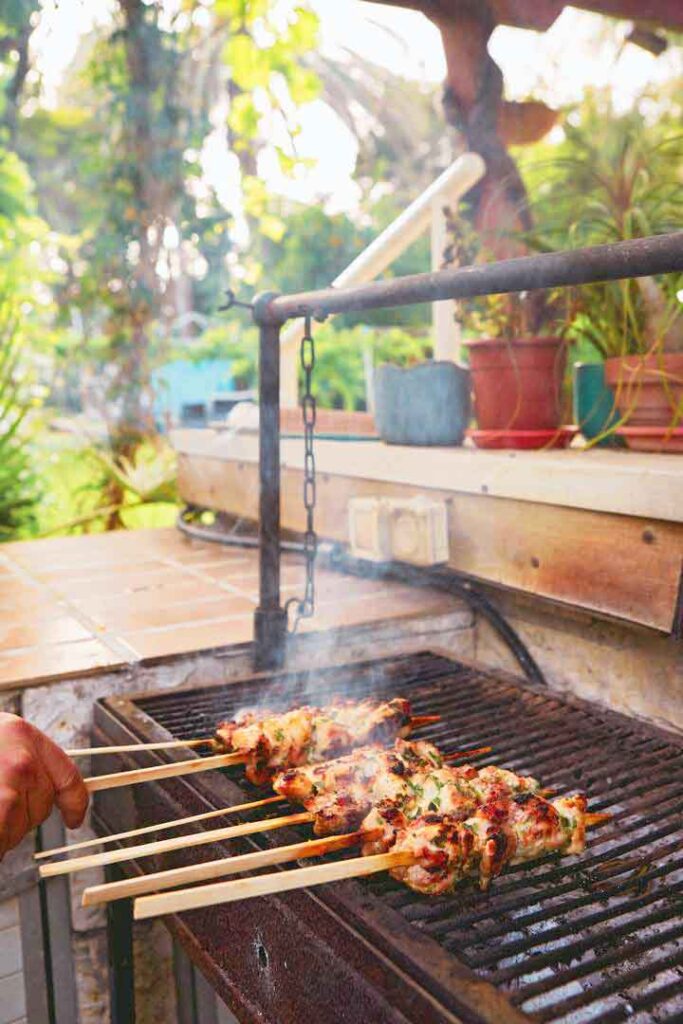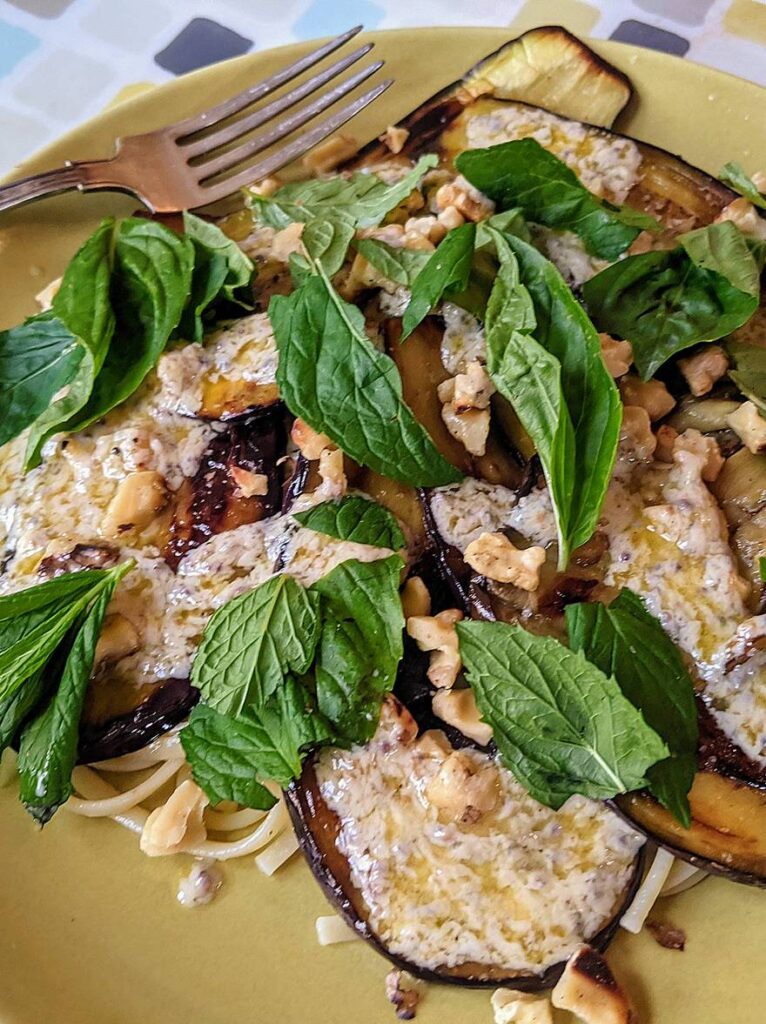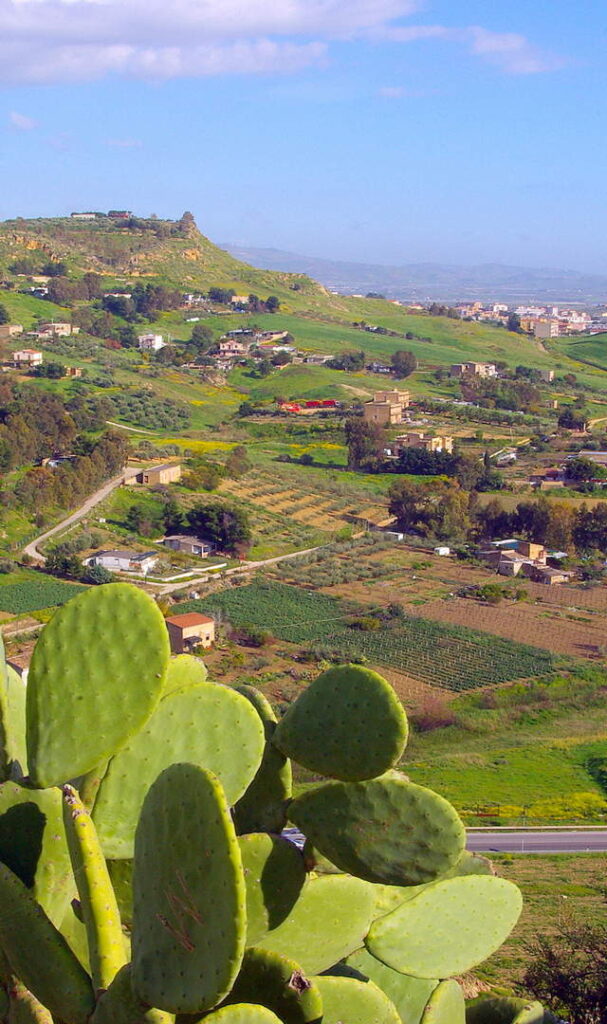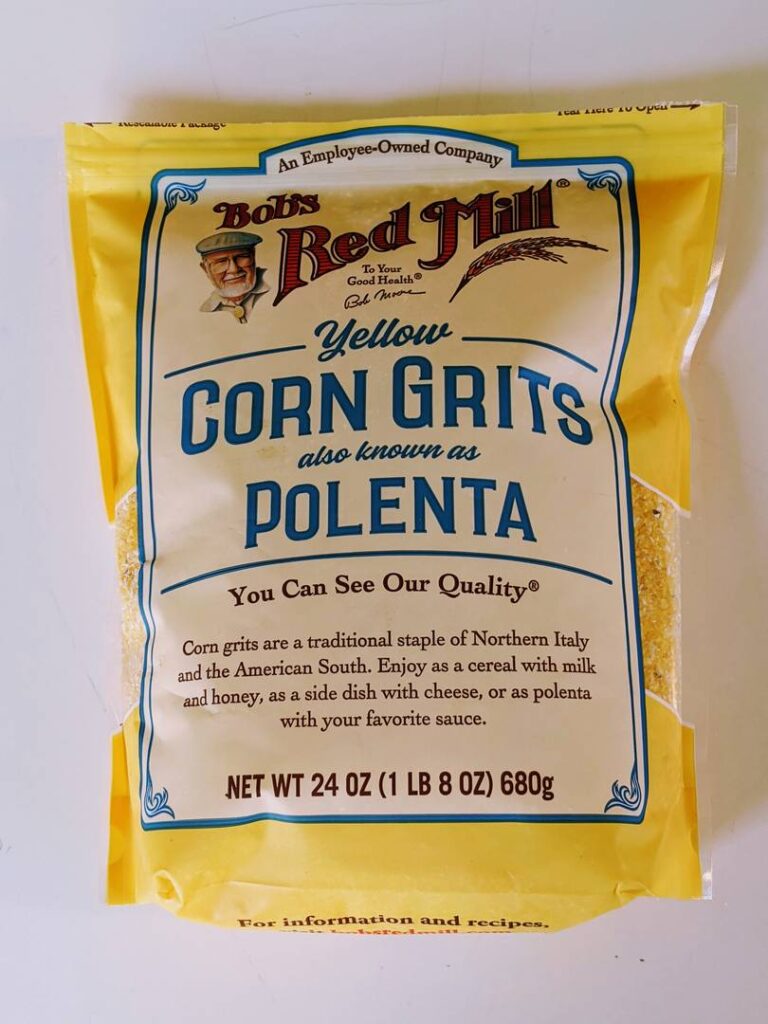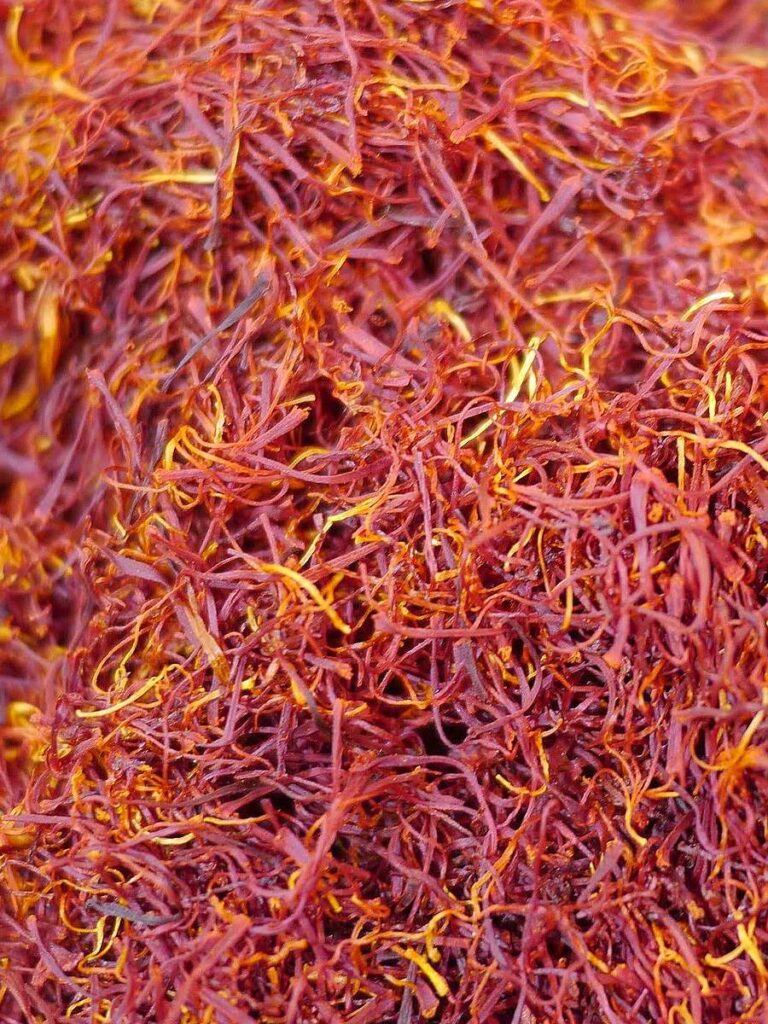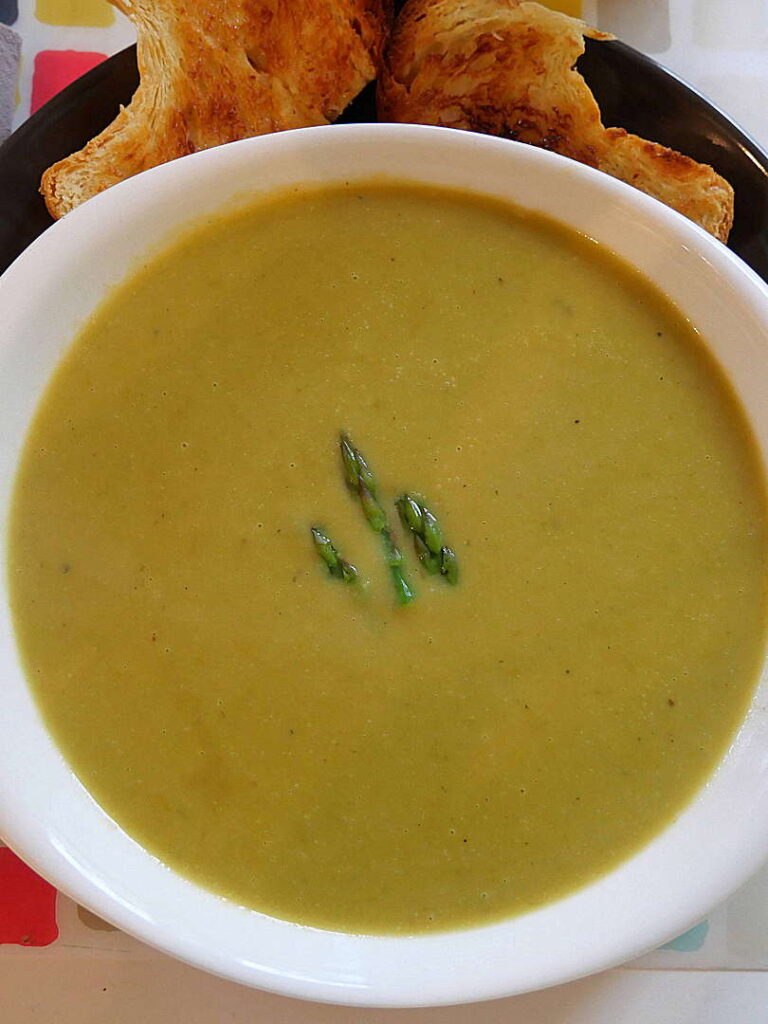
Newagen Inn in Southport, Maine, inspires asparagus soup
When we spent the better part of a week in Maine recently, we spent a day exploring some of the touchstone haunts of the modern-day patron saint of the environmental movement, Rachel Carson. She was the epitome of scientific and literary rigor—the long-time chief editor of U.S. Bureau of Fish and Wildlife publications and the impassioned popular science writer whom some credit for saving whole swathes of the avian world from extinction. Between tidepools and typewriter, though, she knew how to relax and enjoy herself. She often treated herself to the restaurant at the Newagen Inn (60 Newagen Colony Road, Southport, Maine; 207-633-5242, newagenseasideinn.com). So we did the same. The photo at the top of this post shows the view from the restaurant's outdoor porch...Read More


